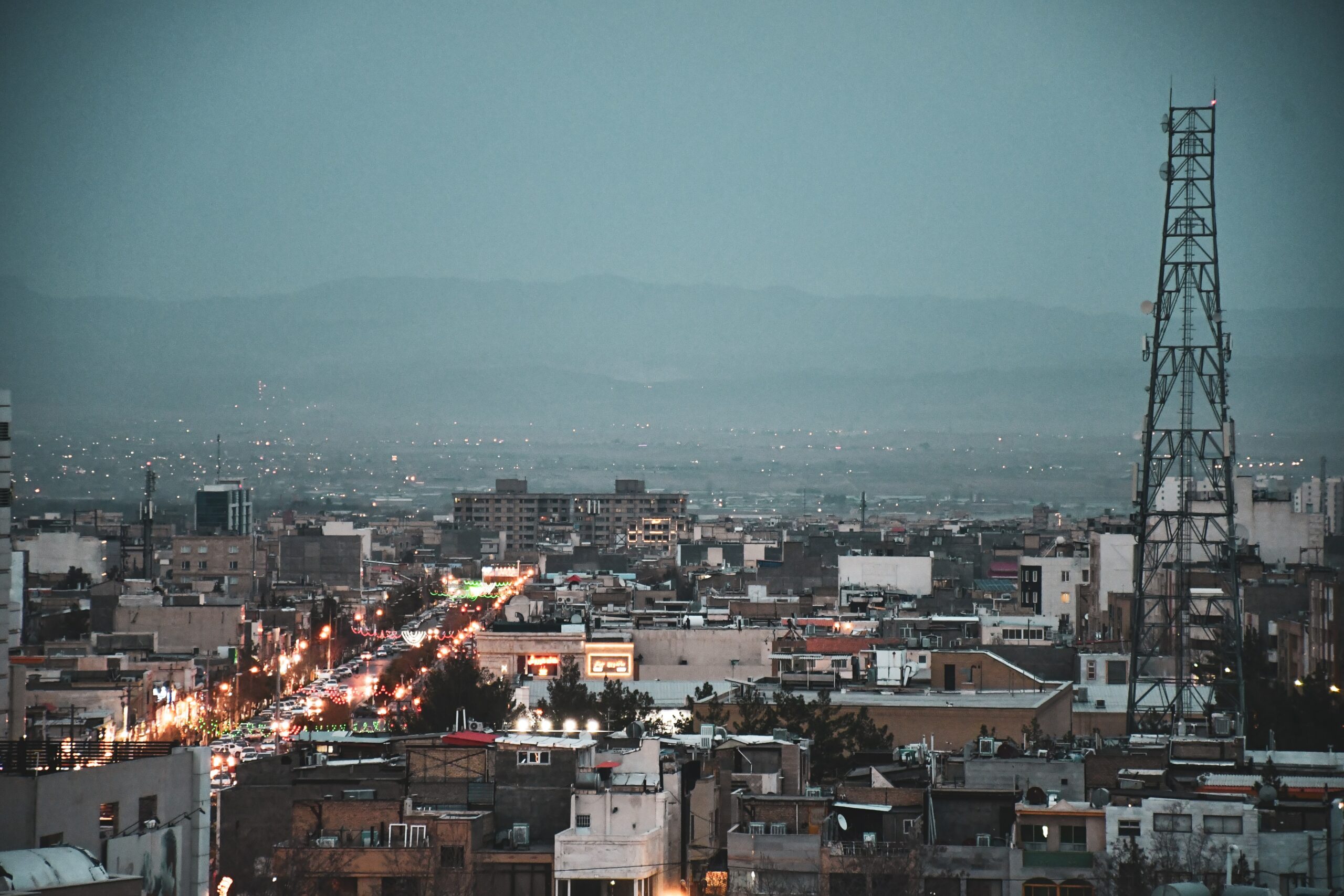After the death of Mahsa Amini while in custody in Iran in September 2022, protests erupted across Iran. As the protests grew and spread, the Iranian government began cracking down on the Internet in various ways, including implementing national and regional shutdowns, content blocking, and app blocking.
To better understand the methods and extent of the Iranian government’s efforts to limit Internet access during these protests the Internet Society, the Open Observatory of Network Interference (OONI), and six other organizations from across the Internet measurements community compiled a report using several datasets to paint a fuller picture of what was going on on the ground. The work was facilitated by the European Commission and the United States government.
Increasingly Sophisticated Technical Strategies to Restrict Access
Over the years, Iranian authorities have followed a pattern of blocking social media apps and numerous websites and even resorting to shutting networks entirely, implementing overall pervasive levels of Internet control. The latest shutdown events follow the same pattern but show a wider range of technical strategies to prevent censorship circumvention.
The Technical Multistakeholder Report on Internet Shutdowns: The Case of Iran Amid Autumn 2022 Protests report details these technical strategies in the following areas:
- Mobile network outages
- Regional Internet outages
- Blocking of HTTP/3 and QUIC traffic
- IPv6 disruption
- Increased blocking of encrypted DNS
- Increased throughput for mobile networks
- Blocking of social media and messaging platforms
- Blocking of app stores
- Blocking of browser extension repositories
The report also details the impact of these shutdowns on Iran’s economy.
Read the full report.
Photo by Sahar Moadeli on Unsplash


